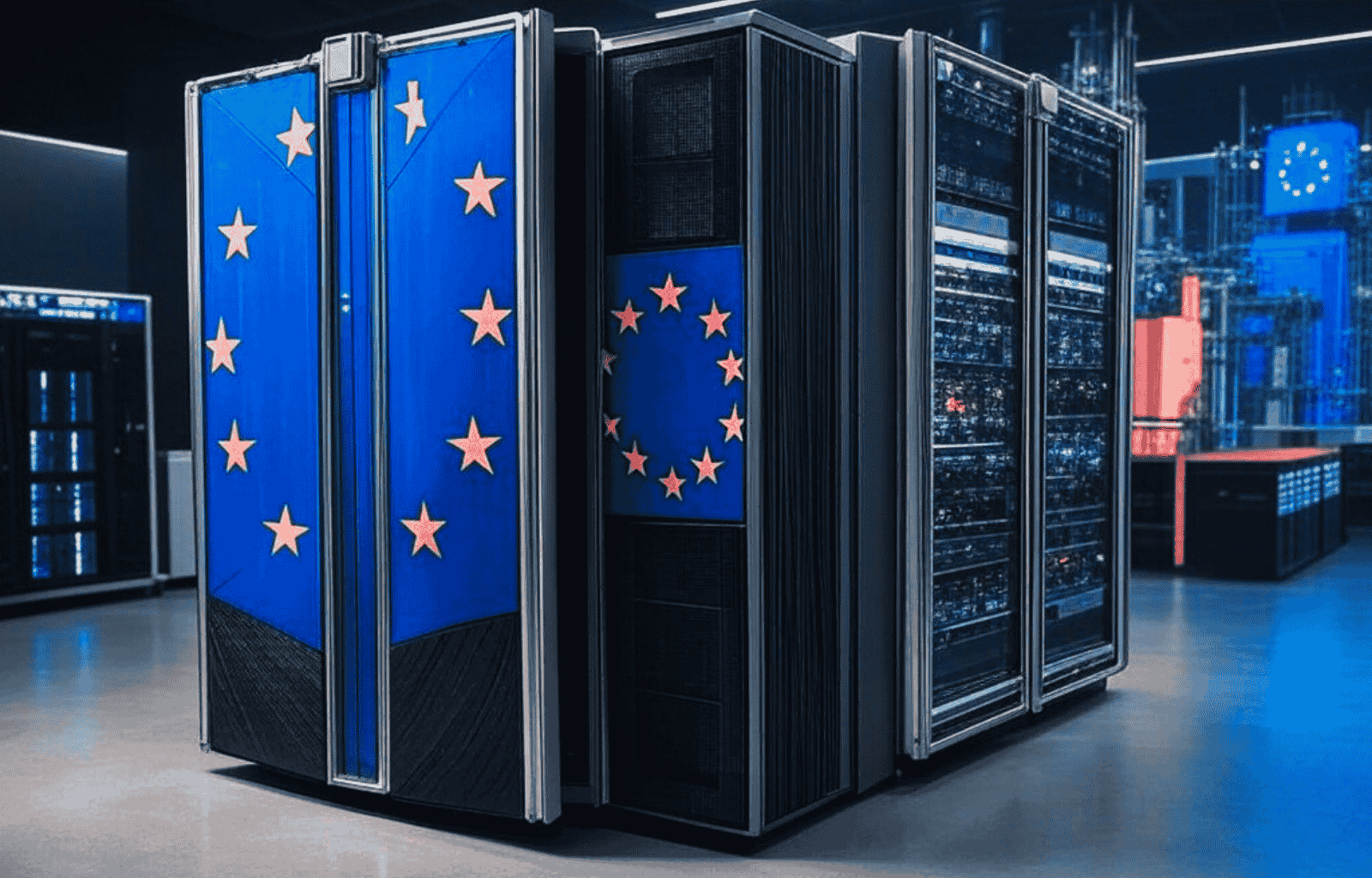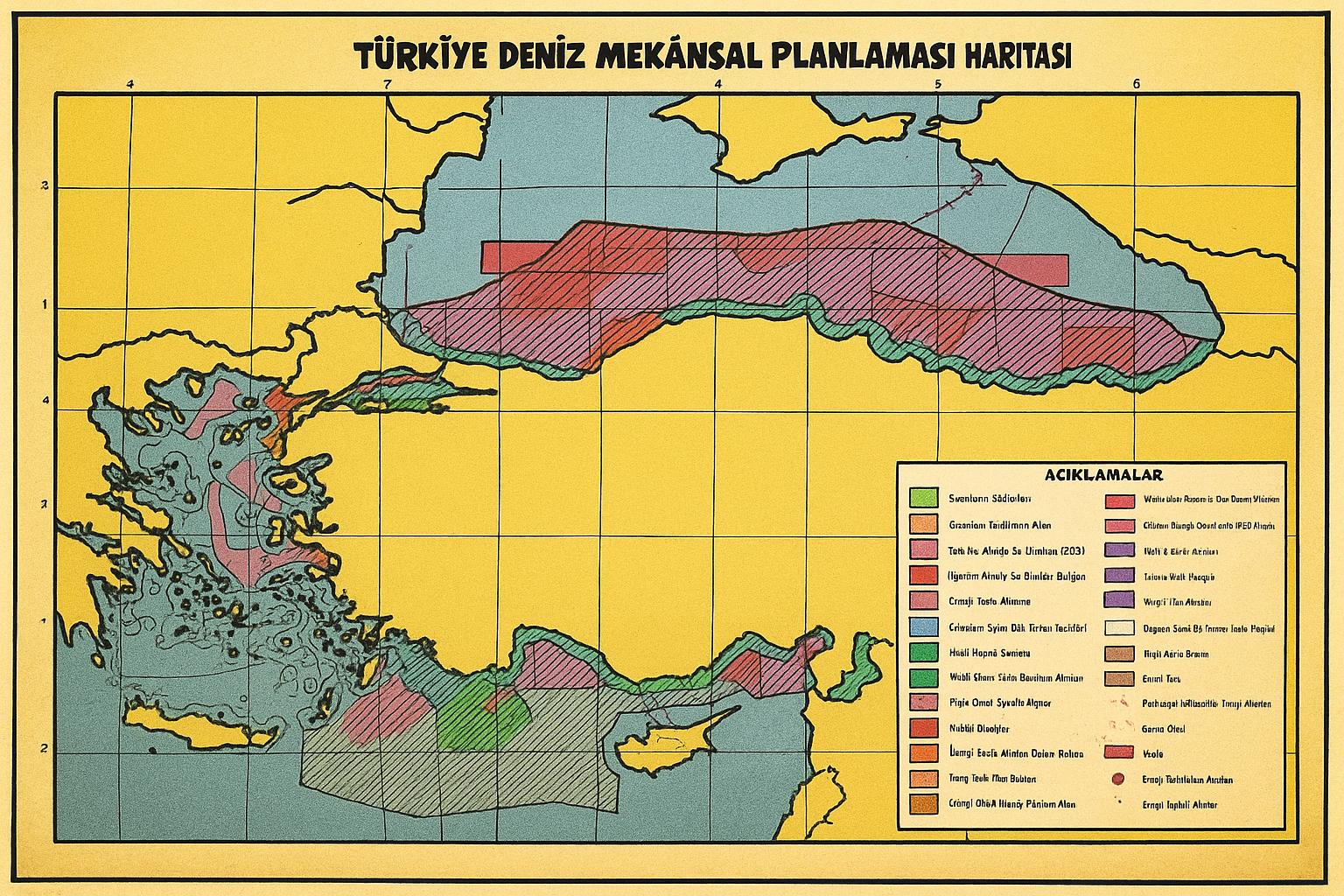The EU launches AI factories: a technological turnaround to bridge the AI gap

AI has been part of our lives for at least two years, and since then, we Europeans have often heard it spoken of with trepidation, especially as something that needed to be regulated, standardized, and reined in. While the energies of European decision-makers were focused, rightly or wrongly, on the reins (see the European AI Act and our article on it), the young horse was growing and running faster, and other thoroughbreds were already racing onto the track at high speed. Now, to try to bridge the technological gap in a sector dominated by powers like the United States and China, the European Union launches the European AI Factories, taking a significant step, hopefully not too late, towards technological innovation and global competitiveness in this critical field.
With the establishment of seven “AI Factories” in various European countries, including Finland, Germany, Italy, Luxembourg, and Sweden, along with updates to existing supercomputers in Spain and Greece, the European Union intends to provide advanced computational resources to support the development of European AI models.
The development and training of artificial intelligence models indeed require immense computational capacity, and the European Union intends to free European startups and SMEs from dependence on large American companies.
Coordinated investment essential to bridge the technological gap in AI
Given the late start in the AI sector, the magnitude of the investments required, and the complexity of the necessary infrastructure, proceeding without a coordinated approach was unthinkable. The total investment planned for the AI Factories amounts to 1.5 billion euros, co-funded by the EU member states and the Union itself through programs such as Horizon Europe and the Digital Europe Programme. The funds will be used not only for hardware but also to develop an ecosystem that facilitates continuous innovation and the adoption of AI technologies among European startups and SMEs. This financial synergy is vital not only for the realization of the infrastructure but also to ensure homogeneous and uniform action across the entire European territory.

The IT4LIA project: Bologna as a cutting-edge AI hub
One of the seven AI Factories will be in Italy and will leverage the experience of the Bologna Tecnopolo and the EuroHPC LEONARDO site. This decision not only positions Italy as a cutting-edge technological hub in Europe but also signals recognition of the capabilities and expertise that our country can offer.
The IT4LIA project aims to provide a supercomputing infrastructure that is accessible to startups, SMEs, and researchers to develop, test, and optimize AI models.
IT4LIA will host a world-class AI-optimized supercomputer, capable of handling extremely complex and intensive calculations, necessary for the training and development of advanced AI models. This supercomputer will be equipped with cutting-edge technologies that will offer computational power far superior to previous generations, specifically optimized for AI-related workloads.
The consortium managing IT4LIA includes various Italian academic and research institutions, such as the inter-university consortium CINECA and the National Institute of Nuclear Physics (INFN), as well as regional and ministerial entities. This allows IT4LIA to benefit from a vast network of knowledge and expertise, enhancing its scientific and technological impact.
Bridging the technological gap in AI is not enough, keeping up is essential
Despite the enthusiasm, significant concerns persist regarding the continuity of investments and the stability of the European strategy. AI requires constant updates and ongoing investments due to its rapid technological evolution. There is a risk that, without constant commitment and a well-defined strategic plan, the initial funds could be spent without achieving the hoped-for long-term benefits. Moreover, the upgrading and expansion of the infrastructure will have to be managed with a forward-looking vision to prevent premature obsolescence of the newly implemented technologies.
Strategic move for an AI leading Europe
Despite the challenges, the establishment of the AI Factories was a necessary strategic move that we hope will lay the foundations for a robust European AI ecosystem. It is essential that this initial momentum be supported by long-term policies that incentivize research, innovation, and continuous education in the field of artificial intelligence. Only then can Europe aspire not only to enter the race but perhaps to propose itself as a global reference in the sector, capitalizing on its unique capabilities and promoting the development of technologies that respect the ethical and social values that characterize it.
We hope that the European Union has understood that to win a race, it is not enough to have the reins; it is necessary to have one’s own stable of thoroughbreds.











